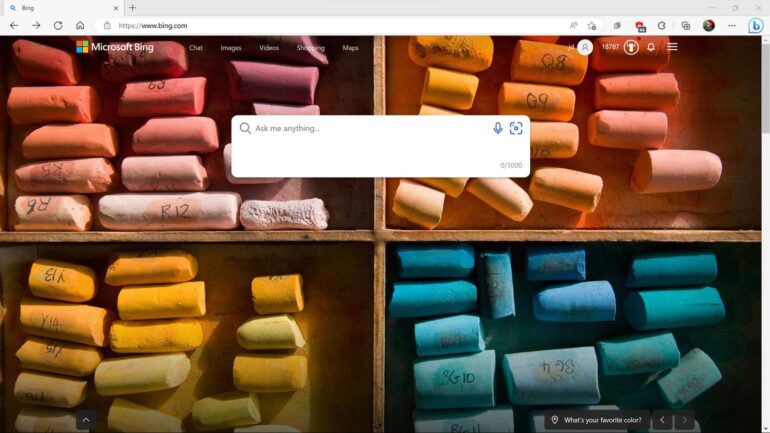TL;DR:
- Bing has introduced voice chat capabilities to its desktop search user interface.
- Bing Chat, powered by OpenAI GPT-4, offers a conversational search experience with AI-generated responses and website links.
- Voice interaction on mobile devices has become a common user expectation.
- Bing’s Voice Chat on Desktop brings voice commands to desktop computers, bridging the gap between mobile and desktop interfaces.
- Five languages are currently supported, with more expected to be added in the future.
- Users can access voice chat by clicking on the microphone icon in the Bing Chat box.
- Bing Chat also includes text-to-speech functionality, allowing it to respond in its own voice.
Main AI News:
In a groundbreaking update, Bing has introduced voice chat capabilities to its desktop search user interface, transforming the way users interact with the search engine. This innovative feature, powered by OpenAI GPT-4, takes the form of Bing Chat—an AI chat experience designed to deliver a more conversational search process.
By harnessing the power of artificial intelligence, Bing Chat not only provides answers to user queries but also offers relevant website links, creating a comprehensive and intuitive search experience. This enhancement aims to bridge the gap between mobile and desktop interfaces, catering to users’ expectations of voice commands on their mobile devices.
Traditionally, voice interaction with desktop computers has been largely overlooked, often limited to accessibility functions. However, with the introduction of Voice Chat on Desktop, Bing is revolutionizing the way we interact with our computers.
The Bing Chat box, now available on desktop, supports an initial set of five languages, including English, French, German, Japanese, and Mandarin. More languages are expected to be added soon, expanding the reach of this exciting new feature.
According to the official Microsoft Bing blog, users can easily access the voice input for a chat on a desktop by simply clicking on the microphone icon within the Bing Chat box. Furthermore, Bing Chat offers text-to-speech functionality, enabling the search engine to respond to user inquiries using its own voice.
This migration of voice command and interaction experience from mobile to desktop marks a significant milestone in the evolution of web browsing. Microsoft, as a pioneer in the search engine industry, once again leads the way by integrating AI chat capabilities and bringing the voice experience to the desktop environment.
With Bing AI Voice Chat, users can now enjoy a seamless and natural search experience, making information retrieval more accessible and efficient than ever before. This innovation showcases the power of AI in transforming everyday tasks and sets a new standard for the future of desktop search interfaces.
Conclusion:
The introduction of Bing AI Voice Chat to the desktop search experience marks a significant advancement in the industry. By bringing voice interaction to desktop computers, Bing is catering to users’ expectations and creating a more seamless transition between mobile and desktop interfaces. This innovation sets a new standard for desktop search and showcases the power of AI in transforming everyday tasks. It is likely to have a positive impact on the market, enhancing the accessibility and efficiency of information retrieval for users.

